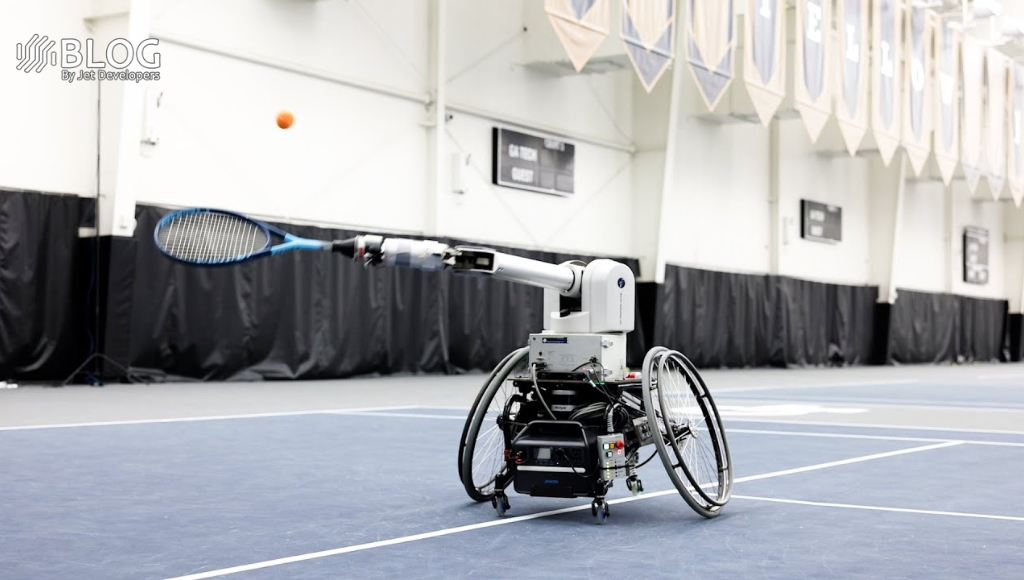A groundbreaking innovation has been unveiled by researchers from the University of Technology Sydney (UTS) – a portable, non-intrusive system capable of deciphering an individual’s silent thoughts and converting them into readable text.
The showcased demonstration features an individual wearing an electroencephalography (EEG) headset or cap, which reads the brainwaves produced during various activities. In this instance, the braincap captures the activity, transforming thoughts into words.
Traditionally, translating the brain’s language into understandable terms has required invasive surgeries for brain implants or expensive MRI scans, as exemplified by Elon Musk’s Neuralink.
Professor CT Lin, Director of the GrapheneX-UTS HAI Centre, expressed enthusiasm, stating, “This research represents a pioneering effort in translating raw EEG waves directly into language, marking a significant breakthrough in the field.”
The researchers highlighted the system’s portability and non-invasiveness in mind-reading AI. The key lies in the artificial intelligence (AI) model, DeWave, developed in-house, which segments EEG waves into distinct units with unique characteristics and patterns.
DeWave serves as a translator for EEG signals, understanding and interpreting them through learning from extensive datasets of EEG data. By recognizing and associating specific patterns in brainwave signals with linguistic representations, the AI model converts complex patterns into understandable forms, such as words and sentences.
Professor Lin explained, “It is the first to incorporate discrete encoding techniques in the brain-to-text translation process, introducing an innovative approach to neural decoding. The integration with large language models is also opening up new frontiers in neuroscience and AI.”
Despite the system’s promising features, the researchers acknowledge concerns. The model tends to favor synonymous pairs over precise translations, especially with nouns. For instance, it may generate “the man” instead of “the author.” Despite this, the model produces meaningful results, aligning keywords and forming similar sentence structures.
In a grand experiment involving 29 participants, the researchers achieved a translation proficiency of 40 percent. While there are challenges, the team is optimistic and aims to enhance the system’s efficiency to 90 percent in the future.






